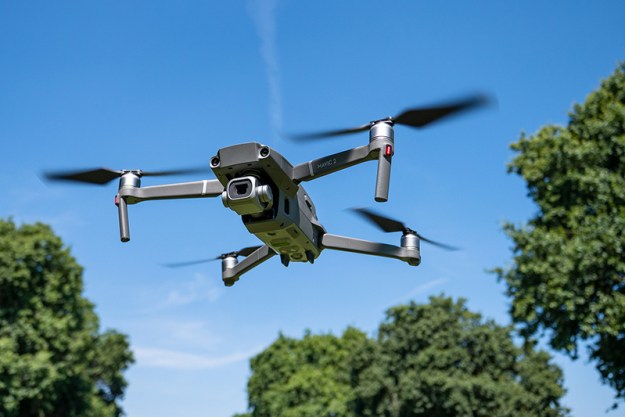Plenty of humanitarian and first-responder agencies are interested in drone technology. Capable of being rapidly deployed after a potential disaster, and immune to being negatively impacted by things like damaged roads and bridges, drones can play a vital role in rescue efforts. But while many agencies have focused on applications like delivering medical supplies, a new piece of work from a team of international researchers examines how drones could be used to hunt for survivors in the event of a major catastrophe.
In a world’s-first study, researchers from the University of South Australia and Baghdad’s Middle Technical University in Iraq demonstrated a new technique for being able to distinguish survivors from deceased bodies from distances of more than 25 feet. The onboard technology can identify things like small movements to indicate heartbeat and breathing rate. It does not look for skin-color changes or body temperature since these require monitoring from a closer distance. Body temperature is also unreliable in warm environments and when people are wearing insulated clothing.
“This study, based on cardiopulmonary motion, is the first of its type and was performed using eight people (four males and four females) and a mannequin, all lying on the ground in different poses,” UniSA Professor Javaan Chahl said in a statement. “Videos were taken of the subjects in daylight, up to 8 meters away, and in relatively low-wind conditions for one minute at a time, with the cameras successfully distinguishing between the live bodies and the mannequin.”
The researchers think that the technology could be useful for checking for signs of life in survivors where time is critical. These situations, which could range from natural disasters like earthquakes and floods to mass shootings, aren’t exactly pleasant scenarios to think about, however, they’re ones where this kind of cutting-edge tech could be used to guide first responders. In that scenario, a drone such as this could mean the difference between life and death.
Going forward, the researchers hope to further test the system in challenging weather and other adverse conditions to make sure that it can hold up in a wide range of scenarios. Hopefully, it won’t be too long before the drone technology could be made available for real unmanned aerial vehicles.
A paper describing this work, titled “Life Signs Detector Using a Drone in Disaster Zones,” was recently published in the journal Remote Sensing.
Editors' Recommendations
- Drone will attempt to rescue four dogs trapped by volcanic lava
- Watch the new DJI FPV drone whiz between trees (until it doesn’t)
- Pandemic drones that can detect fevers and coughing will soon take to the sky
- You can get your hands on the Drone Racing League’s latest aerial speedster
- It sounds like utter madness, but you can now buy a flamethrower drone


